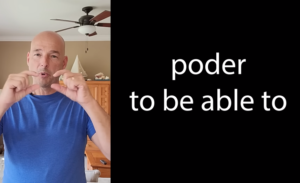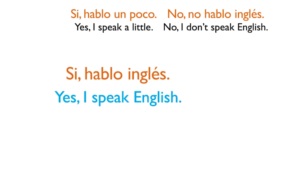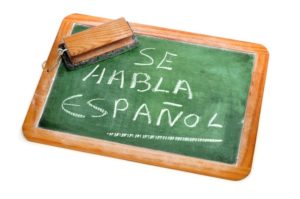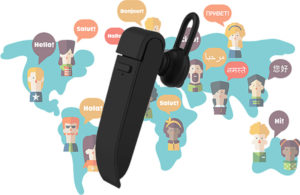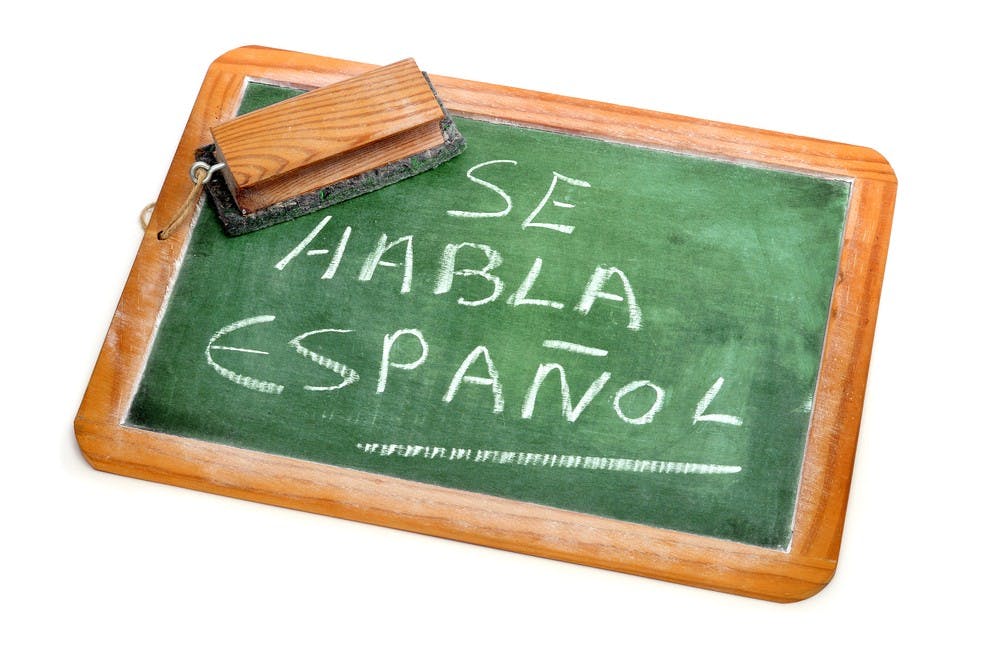
In the realm of language learning, “Functional Spanish” is a term that often piques the curiosity of beginners and intermediate learners alike. This concept focuses on practicality and immediate usability of the Spanish language in real-life scenarios. Unlike traditional approaches that emphasize grammar and extensive vocabulary, functional Spanish zeroes in on the ability to communicate effectively in everyday situations. So, what exactly is Functional Spanish, and why is it becoming increasingly popular among language learners? Let’s dive in.
Understanding Functional Spanish
Functional Spanish is essentially about acquiring the skills to perform specific communicative tasks in Spanish. This includes being able to navigate through daily conversations, understand and give directions, order food in a restaurant, make purchases, and handle travel-related situations, among other practical needs. The objective is to equip learners with the language tools they need to manage real-life scenarios confidently and competently.
Key Features of Functional Spanish
- Task-Oriented Learning: Focuses on specific tasks, such as making a hotel reservation or introducing oneself, rather than on abstract grammatical rules.
- Core Vocabulary and Phrases: Emphasizes learning essential words and phrases that are most likely to be used in everyday conversations.
- Cultural Context: Integrates cultural understanding to help learners navigate social interactions more naturally and appropriately.
- Practical Grammar: Covers grammar to the extent that it supports effective communication, prioritizing practical usage over comprehensive rules.
The Importance of Functional Spanish
Functional Spanish is particularly beneficial for those who aim to use Spanish in their daily lives, whether for travel, work, or social interactions. It offers a fast track to communication, enabling learners to quickly achieve a level of proficiency that allows them to accomplish tasks and engage in basic conversations. This practical focus can be highly motivating, as learners are able to see tangible results from their studies and apply their knowledge in real-world contexts.
How to Learn Functional Spanish
- Immersive Learning: Engage with Spanish in everyday contexts, such as listening to Spanish music, watching Spanish movies, or speaking with native speakers.
- Language Learning Apps: Use apps that focus on practical vocabulary and real-life scenarios.
- Travel: If possible, travel to Spanish-speaking countries. Immersion is one of the most effective ways to learn functional aspects of any language.
- Conversational Classes: Participate in classes or language exchange meetups that emphasize speaking and listening skills.
Conclusion
Functional Spanish strips down the complexities of language learning to its most essential component: communication. By focusing on practical skills and real-life applicability, it opens up a world of opportunities for learners to connect with Spanish-speaking cultures and communities. Whether you’re a traveler, a business professional, or simply a language enthusiast, functional Spanish offers a direct path to enhancing your communicative competence in Spanish. Start your journey today, and unlock the doors to a whole new world of experiences and connections.
Understanding and mastering functional Spanish not only broadens one’s linguistic capabilities but also deepens cultural appreciation, making every step of the learning journey both rewarding and practical. So, embrace the functional approach and watch as the Spanish-speaking world becomes more accessible and engaging.

